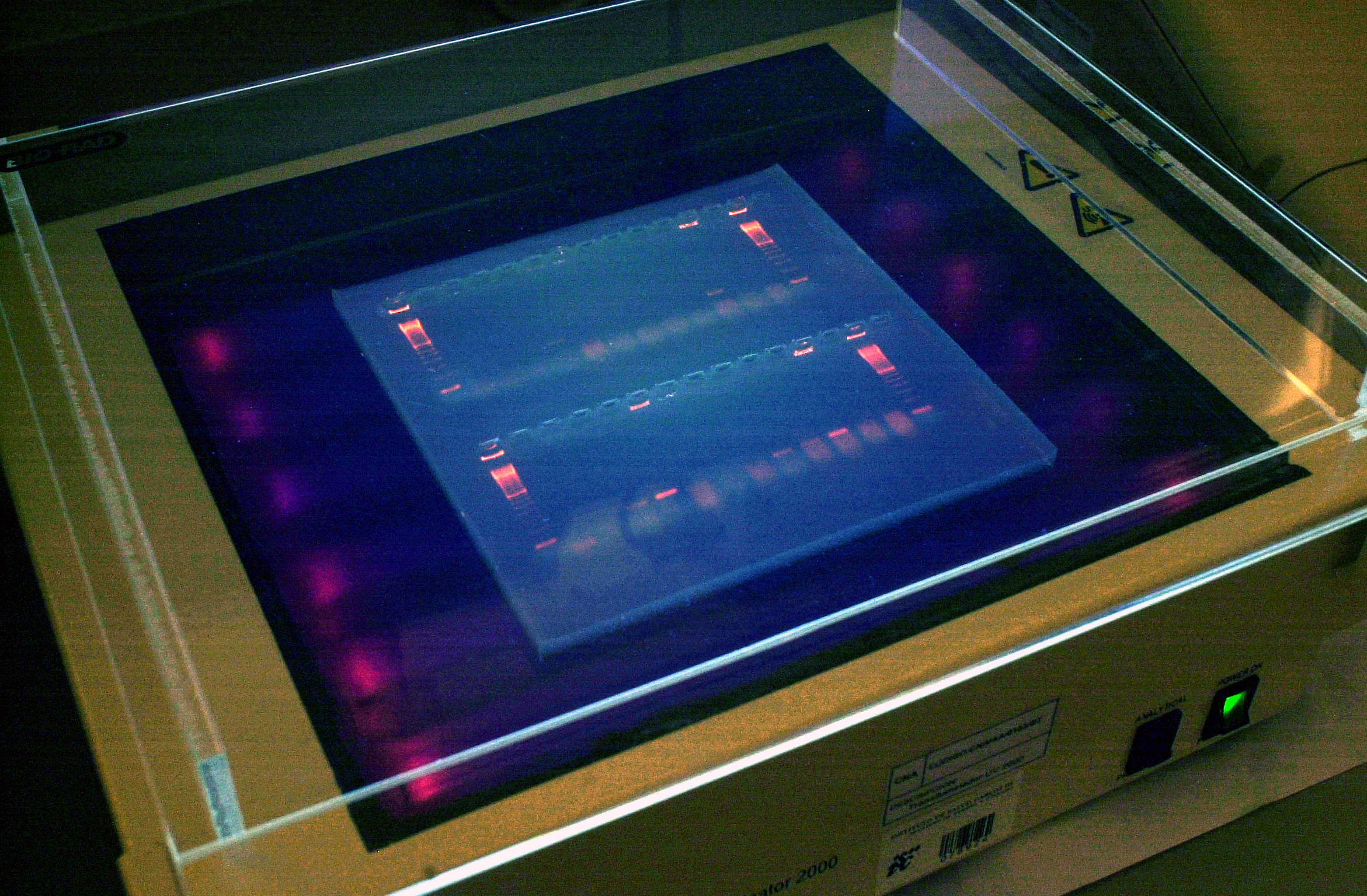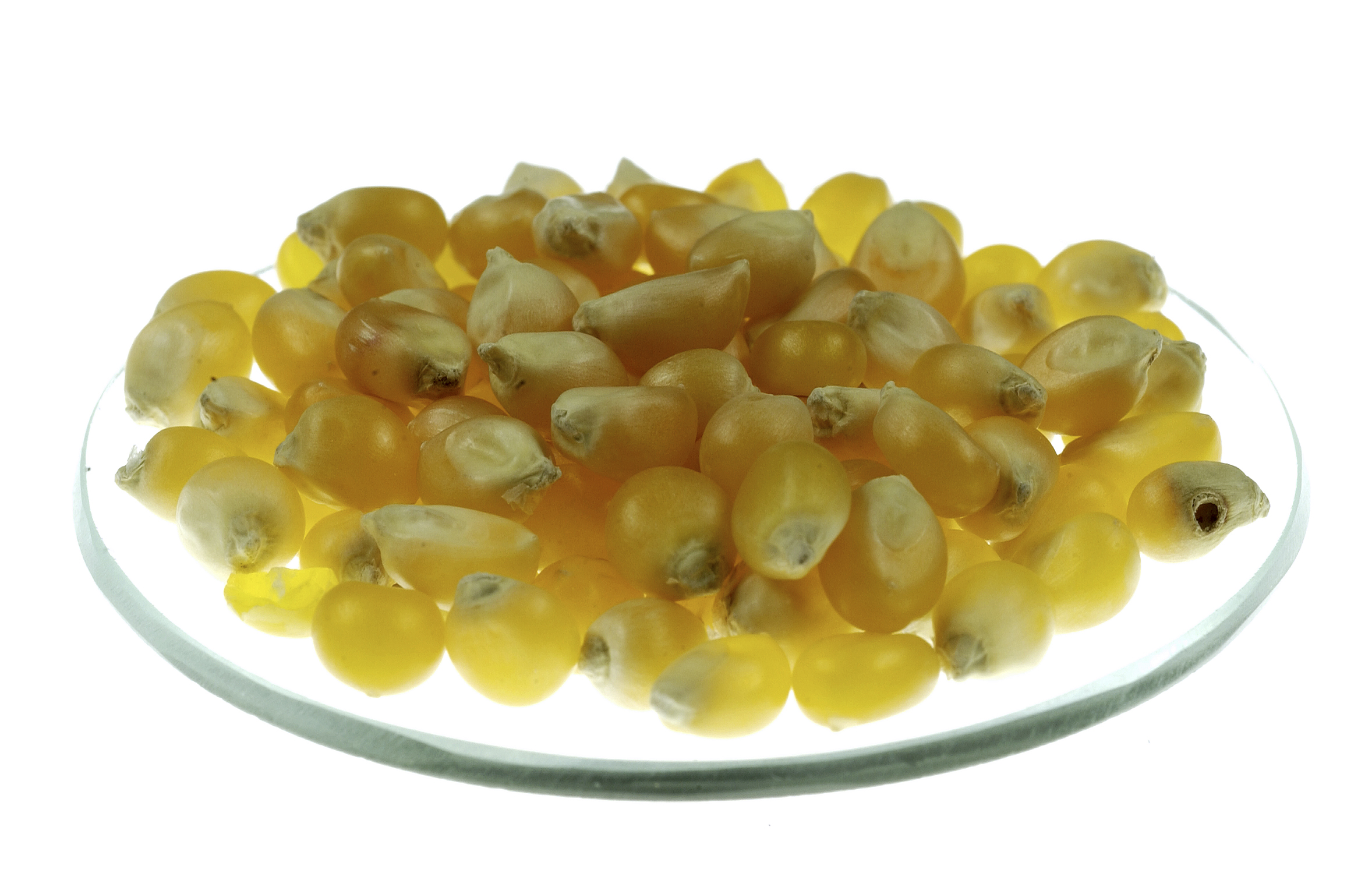- Genetically Modified Organisms
- Substances that cause an allergy or intolerance
- Microbiology of foods
- Antimicrobial inhibitors
Genetically Modified Organisms
As National Reference Laboratory and in accordance with Regulation (EC) No. 1981/2006, it collaborates with the European reference laboratory for GMO (EURL-GMFF), in the validation of the methods of qualitative and quantitative GMO in foods and feeds, as part of the procedure for the authorisation of new GMO in accordance with that established in Regulation (EC) 1829/2003.
Since 2002, a member of the European network of GMO laboratories participating both in the plenary meetings and in the activities generated from it.
Within the scope of accreditation there is a wide set of analysis methods of detection and quantification of GMO such as:
- Detection of the presence of transgenic plant material. Screening analysis: P-35S, T-Nos and P-34S regulatory elements
- Detection and identification of transgenic sequences (construction-specific) present in different GMO events through PCR
- Detection of all of the transgenic events of soybean and corn currently authorised in the EU through PCR in real time
- Quantification of all of the GMO currently authorised in the EU through PCR in real time

Al margen del alcance de acreditación, se dispone de las técnicas para la detección de OMG no autorizados que en los últimos años han sido objeto de alertas o emergencias, como:
- Arroz MG no autorizado procedente de China (Decisión 2011/884/EU modificada por 2013/287/EU)
- Lino (CDC Triffid Flax).
- Trigo resistente al glifosato (MON71800)
Se está en disposición de desarrollar/validar las metodologías analíticas necesarias para hacer frente a las posibles alertas que surjan en este campo
Participación en las actividades de la Comisión Nacional de Bioseguridad referentes a la evaluación de nuevas autorizaciones de OMG, autorización de instalaciones, utilizaciones confinadas, ensayos de campo y solicitudes de comercialización.
